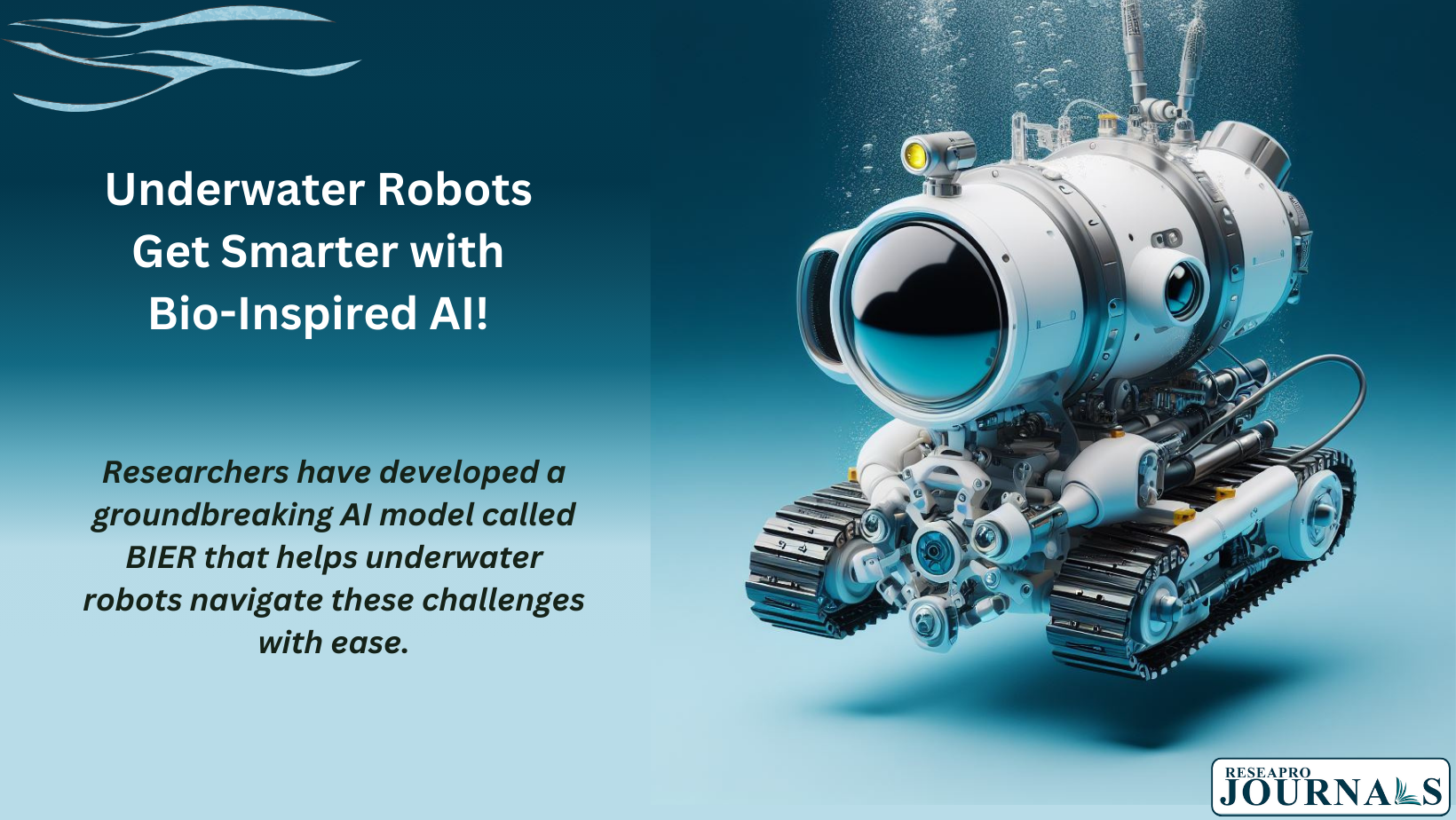|
Getting your Trinity Audio player ready...
|
Scientists have developed a groundbreaking AI system called BIER that gives underwater robots the brainpower to navigate even the most challenging ocean environments. Think: robots that gracefully dodge currents, map uncharted depths, and even adapt to sudden changes in pressure.
What is BIER?
BIER (Biologically-Inspired Experience Replay) is a novel AI technique inspired by how animals learn from past experiences. It helps underwater robots (Unmanned Underwater Vehicles, UUVs) adapt and maneuver effectively in unpredictable underwater environments.
How does BIER work?
- Memory Buffers:┬ĀBIER uses two memory buffers to store experiences:
- State-Action Buffer:┬ĀThis stores recent actions taken by the robot and the resulting outcomes.
- Reward Buffer:┬ĀThis focuses on positive experiences,┬Āhighlighting actions that led to achieving goals or overcoming challenges.
- Learning & Adaptation:┬ĀBIER constantly analyzes these buffers and uses the information to:
- Identify successful behaviors in different situations.
- Adapt future actions based on past lessons learned.
- Become more efficient in navigating complex underwater environments.
Benefits of BIER:
- Improved Adaptability:┬ĀBIER equips robots to handle unforeseen situations like strong currents or changing underwater terrain.
- Faster Learning:┬ĀLearning from positive experiences makes robots adjust and optimize their movements quicker.
- Enhanced Performance:┬ĀBIER leads to smoother navigation,┬Ābetter obstacle avoidance,┬Āand more efficient mission completion.
Challenges and Future Potential:
- Limited Real-World Data:┬ĀAlthough BIER performs well in simulations,┬Ātesting it in real-world ocean environments with diverse conditions is crucial.
- Energy Efficiency:┬ĀUnderwater communication and computation can be energy-intensive.┬ĀOptimizing AI algorithms for better energy usage is key.
- Wider Applications:┬ĀBIER’s potential extends beyond UUVs.┬ĀIt could be adapted to control other robots operating in challenging environments like outer space or disaster zones.




